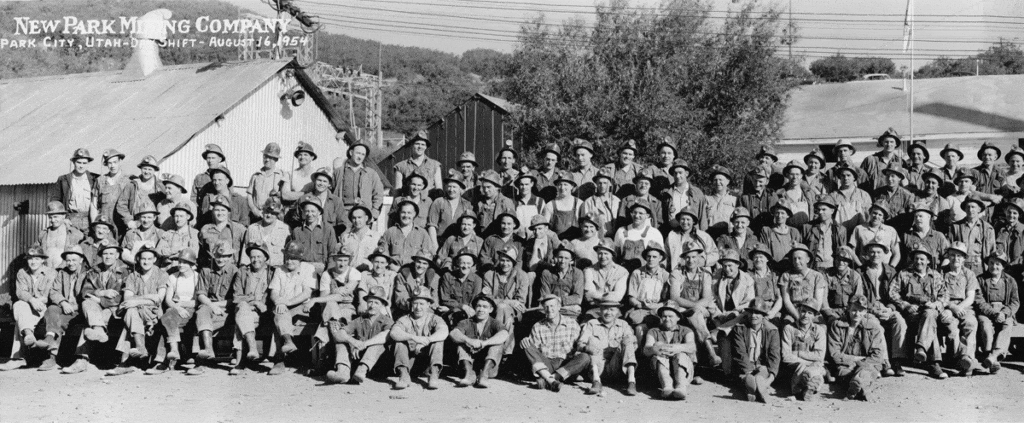Most of us driving to or from Heber City pay little attention to exit eight off Route 40, but we should.
The exit is named after the Mayflower Mine. To view the mine area (as you drive east) take exit eight (8), proceed to the top of the ramp and turn right. At the stop sign on the service road, turn left and drive a short distance to a turnout. Step out of your vehicle and gaze towards Deer Crest.
Remnants of the mine are visible before your eyes: the mine portal; collapsed remains of the office; various utility buildings; a fire-proof vault that stored important documents; a concrete pad for loading gondolas; and a rusting 60 pound rail.
Reviewing the property there is only the slightest evidence to suggest that the Mayflower Mine was arguably the most “unique” mine in our town’s illustrious mining history.
The Mayflower was the last mine to open (1929) and the second-to-last to close (1972). In 1929 a series of mining claims dating back to 1873 were consolidated to create the Mayflower Mine. In 1932 the New Park Mining Company was chartered noting the Mayflower Mine as its primary asset. New Park was the second largest property holder in the Park City District.
Due to its “young” age the Mayflower is not considered particularly historic, especially when compared to the “Big Four” which defined Park City’s mining-based economy. As a reminder the mines comprising the “Big Four” included the Silver King Coalition, Ontario, Daly-Judge and the Daly West.
Yet no other mine in Park City can boast such uniqueness. The Mayflower was the only “hot” mine in Park City (a result of geothermal activity). It also operated under a miner’s lease, was solidly profitable in its later years, produced five metals and was a television star.
The mine was busy enough that in 1941 the Union Pacific Railroad (UP) extended its Ontario Spur to serve the Mayflower. The earthen cut where the tracks entered the facility remains clearly visible from the service road.

Credit: Park City Historical Society and Museum, PCHS Photograph Collection
By the 1950s the two remaining operating mines in Park City – the Ontario and the Mayflower – were struggling. The union was decertified at the Mayflower and the workers negotiated a “miner’s lease” with New Park whereby the mine was leased to employees. It was the only way to keep the mine from entering bankruptcy or closure. Thus it became an employee-operated mine. The dissolution of the union created slight friction between the Ontario and Mayflower workers.
The employees at the Mayflower were predominately from the Heber Valley. Why is this notable? Even more so than today, the Heber Valley economy was agriculturally-based. Most workers at the Mayflower had another source of income: their farms. Therefore they had greater flexibility to accept “innovative” employment options (income reduction) than their Park City mining brethren.
Come back next week to learn about the changes and discoveries in the 1960s that led to “golden years” of production at the Mayflower.